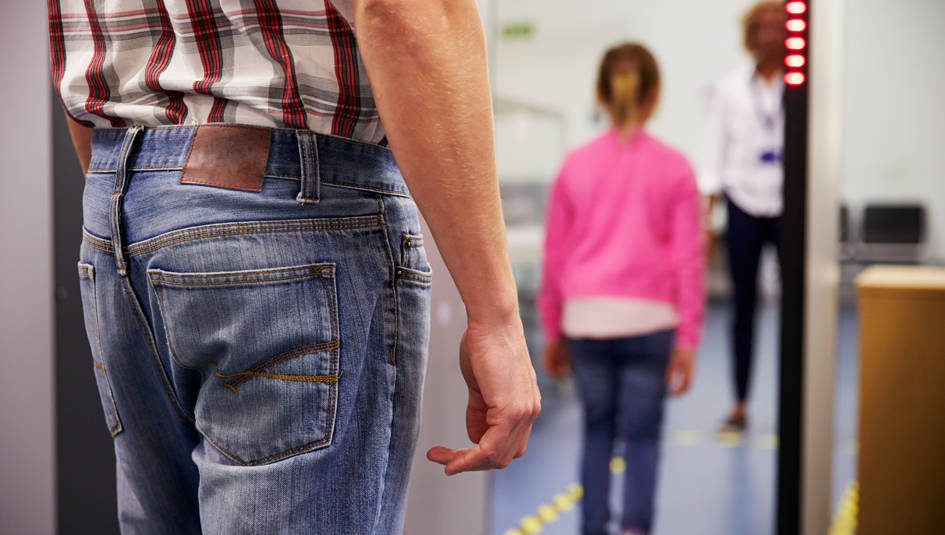Family Detained at Airport Because of an Insulin Pump

A British boy with Type 1 diabetes and his family were detained for several hours by security at the Dubai International Airport after they refused a request to put the boy’s insulin pump through an x-ray machine. The boy’s mother, Rachel Humphrey, shared her experience in an open letter to airport officials.
According to Humphrey, the family passed through security at London’s Heathrow Airport without incident on a recent trip to Dubai, but ran afoul of Dubai airport security personnel during their return trip home when they asked for the pump to be screened with a handheld wand. Being experienced travelers, the family showed a medical ID identifying the child as having Type 1 diabetes, as well as documentation from medical officials and the pump manufacturer detailing why the pump should not go through the x-ray machine, but security officials would not relent.
Humphrey says she and her family were then held by security for two hours before being allowed to speak with the airport’s medical staff. A doctor eventually explained to security officials that the pump should not go through the x-ray machine, and it was screened with a wand.
In the letter, Humphrey says the ordeal took long enough that the family almost missed the return flight home, and that the stress caused the child’s blood sugar levels to rise. A language barrier also presented a challenge during the situation, as much of the debate took place in Arabic, a language the family did not speak.
Humphrey has launched a Change.org petition asking Airports Council International and the International Civil Aviation Organization to standardize procedures for screening insulin pumps that would allow the medical devices to be screened by wand rather than by x-ray machine. As of June 23rd, the petition has gained close to 4,000 signatures. Some signees have shared their own troubles with pumps and airport security in Dubai, UK, Thai, and U.S airports.
Johnson & Johnson, the makers of the Animas pump, and Diabetes UK, a charity, have published statements expressing their support for Humphrey’s petition. Bridget Turner, policy director for Diabetes UK, says inconsistent standards can lead to anxiety for many pump users.
“Diabetes UK recognises the need for security and vigilance in airports, however greater awareness about diabetes and insulin pumps alongside consistent screening processes to avoid X-Ray (sic) and full body scanners, are needed to assure the health and safety of passengers using insulin pumps,” she said in a statement.
According to Humphrey, Dubai Airport executive vice president Chris Garton has said that the matter will be investigated to ensure that existing airport policy standards for medical devices are followed more closely. The official was not named by Humphrey.
The diabetes community isn’t the only group struggling with variability in airport security screening. Recent airplane downings and terrorist attacks in Belgium, Egypt, and Malaysia highlight concerns over the differences in airport screening procedures from one country to another, and even from one airport to another. In 2011, 190 member-states of The International Civil Aviation Organization adopted an agreed-upon aviation security strategy, but it did not mandate specific security screening standards, according to a report by the Center for Strategic and International Studies.
Because of seemingly ever-increasing concerns of terrorist attack and the variability of airport screening, pump users most likely should continue to be prepared for challenges during airport security screenings. While problems can’t always be avoided, it’s good to adopt the Humphrey family’s strategies of having plenty of documentation on hand and ample time before your flight.
Thanks for reading this Insulin Nation article. Want more Type 1 news? Subscribe here.
Have Type 2 diabetes or know someone who does? Try Type 2 Nation, our sister publication.







